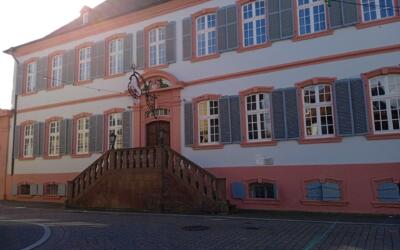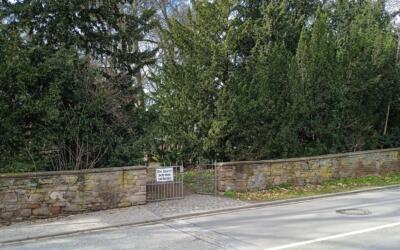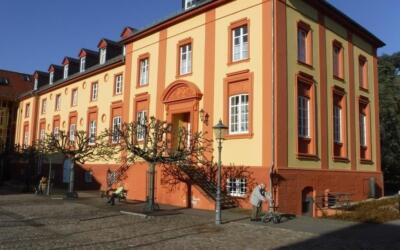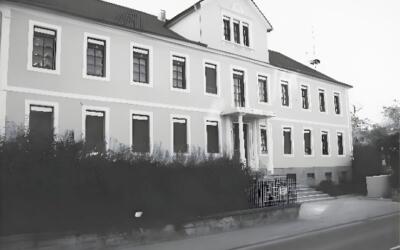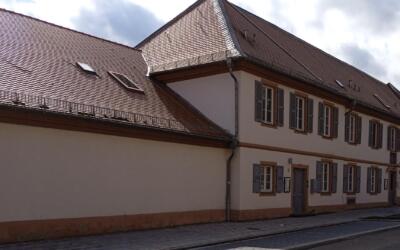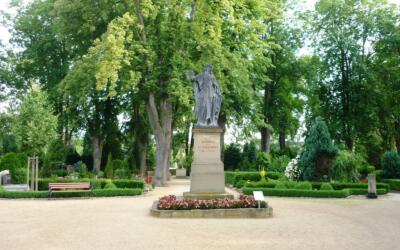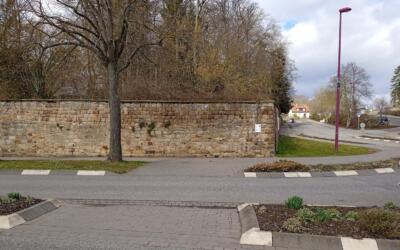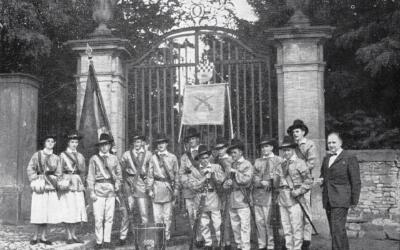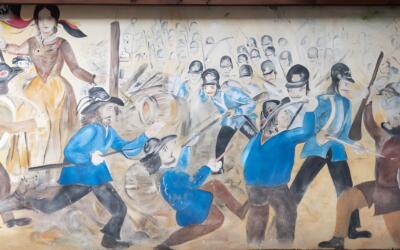Battalions
The revolution
The understanding of dynamics (Johann Wolfgang Goethe) and statics (Gottfried Keller) underlying the Kirchheimboland city tour(s) of the Middle Ages, Baroque period and 19th century also helps to understand the revolution of 1848/49. The events of these two years are also caught up in the tension between “Time moves on” and “Time stands still”.
What happened in Kirchheimbolanden at that time also takes on a special significance from the perspective of today’s constitutional order.
The city tour(s) panels 46-60 thus focus on a historical event that is particularly topical.
They are a further development of the Freischaren-Rundweg Kirchheimbolanden designed in 1999 by pupils of the Wilhelm-Erb-Gymnasium Winnweiler.
The storm that roared through Europe – also led to a politicization of the public in Kirchheimbolanden in 1848/49. In 1848, the topic of a state order determined by the sovereignty of the people, fundamental rights and the separation of powers dominated, analogous to the constitutional debate conducted by the German National Assembly in Frankfurt’s Paulskirche. However, when the constitution passed by the National Assembly was not recognized by the Kingdom of Bavaria in May 1849, violence escalated in the Palatinate.
The “Battle of Kirchheimbolanden on June 14, 1849” between Prussian troops and Rheinhessen irregulars thus became a stage on the way to the failure of the revolution.
In Kirchheimbolanden, both phases – the unity, rights and freedom concept of 1849 and the restoration of the authoritarian state of 1849 – can be experienced in many ways.

